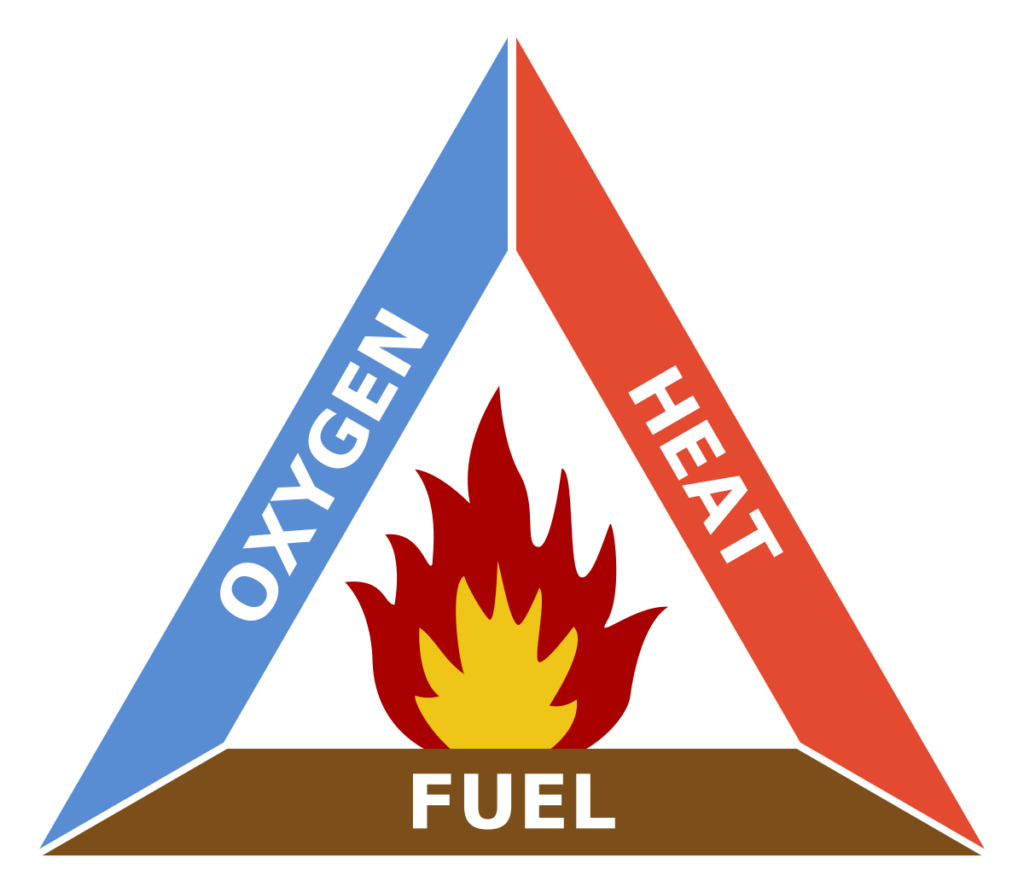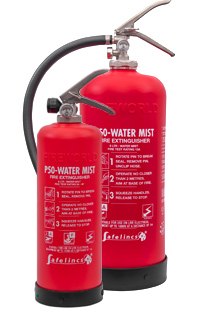Wednesday 12th September 2012
Many homes and small businesses are equipped with mains powered smoke alarms to BS5839 part 6 Grade D. These alarms are usually linked with cable and have to be installed by electricians. When increasing the number of smoke and heat alarms at a later date, it is costly and disruptive to run extra cable to the additional alarms, decorations are damaged and dust is created.
With the Aico Ei140 series (Ei141, Ei144, Ei146) and the Aico Ei160 series (Ei161, Ei164, Ei166), adding more smoke alarms to the group of alarms can be very simple using radio-interlinking.
Just one existing smoke alarm is taken off the ceiling and its existing base plate replaced with the RF base plate Ei168. This exchange, while very swift and simple, should be carried out by an electrician. The old alarm then simply slots onto the newly fitted base plate. Now you can install any of the radio-interlinked smoke alarm ranges from AICO/Ei in the additional rooms you wish to protect. The new radio-linked alarms will then communicate fully with the old system. This means that if any of the smoke alarms goes off (old or new alarms), the rest of the alarms will sound an alarm as well.
You have three choices to achieve this extension with radio-interlinked smoke alarms:
1) Install more mains powered alarms together with RF base plates. Their electrical power supply can be drawn from the nearest light fitting. This solution will require an electrician for all the work. However, this is a solution that will guarantee the Grade D rating of your installation. There is obviously no cabling required between the units, as the radio signal will communicate between the new alarms and, through the single converted old smoke alarm, with the old system. There are additional add-ons you can include in this system, such as RF manual break points and handheld controls for testing and, in the case of the Ei160 series, even for silencing and to locate the source of an alarm.
List of Alarms and add-ons available:
| Series installed already | Mains powered RF Smoke alarms available | Manual break points available (optional). Wireless and 10 year battery | Handheld controls available (optional) |
|---|---|---|---|
| Ei140 | Ei407 | Ei410TRF handheld test fob (tests interconnection, only) | |
| Ei160 | Ei407 |
|
2) If you want to save the cost for the electrician and want to speed up the installation process, you can install battery operated radio-interlinked alarms. One of the radio-interlinked families is the Ei600 series, which comes with a sealed-in ten year power supply. This system is usually accepted as a Grade D system, even though formally, as it does not contain mains power, it is not classified as a grade D system. If you have to satisfy a Building Inspector or the fire service, it makes therefore good sense to get their agreement before installing the system.
List of battery operated alarms and add-ons available:
| Series installed already | Battery operated RF smoke alarms | Manual break points available (optional). Wireless and 10 year battery | Handheld control (optional) |
|---|---|---|---|
| Ei140 | Ei407 | Ei410TRF handheld test fob (tests interconnection, only) | |
| Ei160 | Ei407 |
|
3) If you are not required to install in accordance to BS5839 Part 6 Grade D (eg older houses built prior to introduction of Building Regulations), you can also use radio-interlinked smoke alarms with alkaline backup batteries which must be replaced every year or two. This is of course the cheapest way of expanding your existing smoke alarm system. Again, all alarms will go off together, both the new as well as the old alarms.
List of radio-interlinked, battery operated alarms and add-ons available:
| Series installed already | Battery operated RF smoke alarms | Manual break points available (optional). Wireless and 10 year battery | Handheld control (optional) |
|---|---|---|---|
| Ei140 | Ei407 | Ei410TRF handheld test fob (tests interconnection, only) | |
| Ei160 | Ei407 | Ei410TRF handheld test fob (tests interconnection, only) |

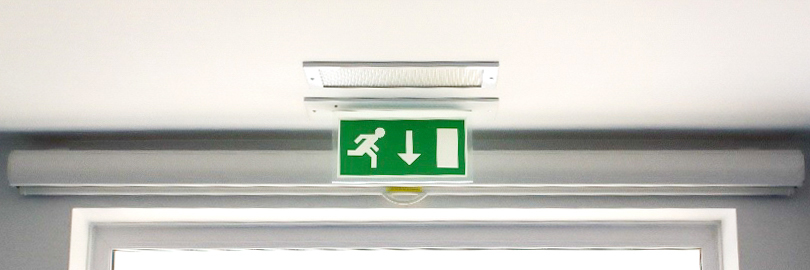

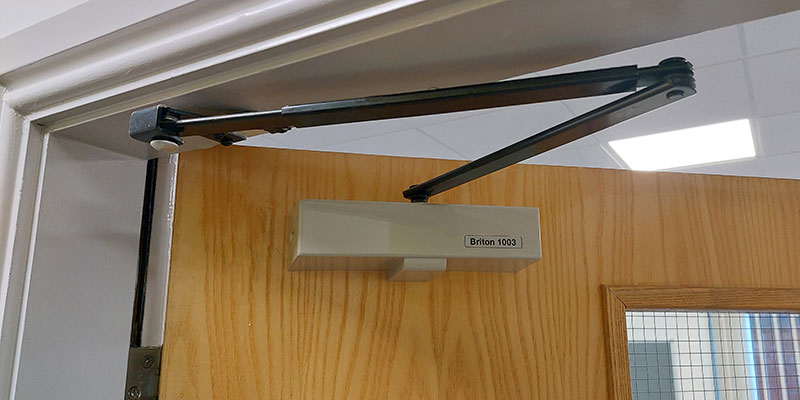
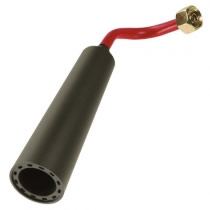 Although the standard swivel horn is a popular choice and an economical solution, it does not have the necessary characteristics to protect the user from freeze burn injuries. The frost free horn is double lined and therefore has the insulation to eliminate these risks should the user accidentally hold on to the fire extinguisher horn during discharge.
Although the standard swivel horn is a popular choice and an economical solution, it does not have the necessary characteristics to protect the user from freeze burn injuries. The frost free horn is double lined and therefore has the insulation to eliminate these risks should the user accidentally hold on to the fire extinguisher horn during discharge.